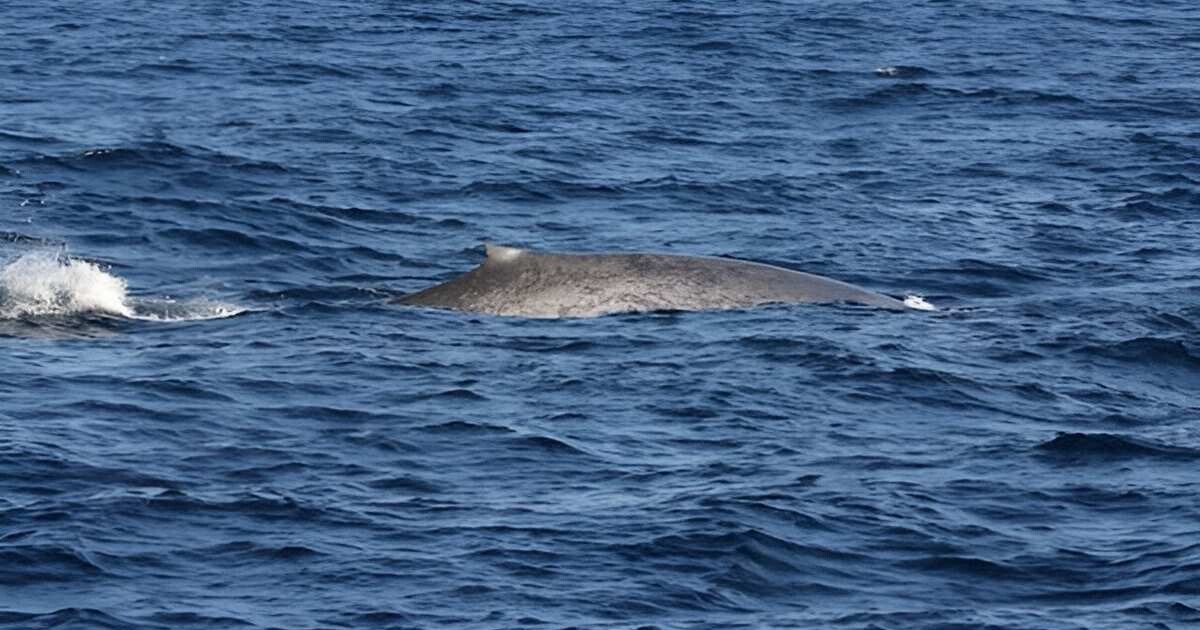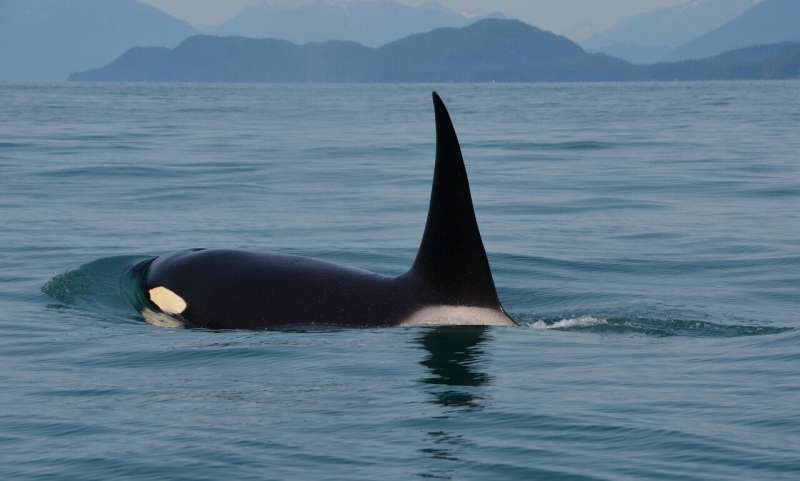Hope surfaced for the endangered southern resident killer whales when a new calf named L128 was spotted swimming alongside their mother. This rare sighting briefly uplifted researchers who had seen only one other calf earlier in the year, which sadly died after a few months.
However, by mid-October, L128 appeared to be struggling, as it looked malnourished and weak. In a heart-wrenching moment, a mature orca was observed carrying the calf on her snout while another whale attempted to rouse the infant, possibly trying to save it. Mark Malleson, a field biologist, thought he saw the calf take a shallow breath, but it remains unclear if the young whale survived.
The plight of these critically endangered orcas has long symbolized a larger environmental crisis, sparking debates among various groups, including fishermen, whale-watching operators, and the shipping industry.
Many believe the whales’ decline is tied to the decreasing numbers of chinook salmon, their primary food source. However, a recent study from the University of British Columbia challenges this notion, revealing that southern resident orcas may have more access to chinook salmon than previously thought.
The research, published in Plos One, examined food availability for both southern resident killer whales and their northern relatives. Surprisingly, the southern population, which ranges from southern British Columbia to California, seems to have more access to chinook salmon than the northern residents, a healthier orca population that spans from Alaska to southern British Columbia. According to Andrew Trites, co-author of the study, “It really surprised us,” as the common belief was that the southern residents were suffering from a lack of food.
The study suggests that while the southern residents have more prey available in certain regions like the Salish Sea, their overall diet may be compromised during other times of the year. “When you think about food for southern resident killer whales, you need to think about food every day of the year,” Trites explains, emphasizing that issues with food availability may arise outside of the summer and fall months when the whales are no longer in the Salish Sea.
Despite having a better supply of chinook salmon, the southern residents face other obstacles. Marine traffic in the Salish Sea disrupts the whales’ communication, which is critical for hunting. Noise from ships interferes with their ability to locate and catch prey, while the presence of large vessels further hinders their foraging efforts. As Trites points out, the southern resident orcas encounter significantly more ships than their northern counterparts, making it harder for them to access salmon despite the abundance.
Environmental concerns have also been raised about the anticipated increase in ship traffic along British Columbia’s coast, driven by developments like the Trans Mountain oil pipeline and a liquefied natural gas (LNG) terminal. The growing number of vessels may further exacerbate the challenges these whales face. “There’s no doubt that the southern resident killer whales encounter more ships and ship traffic,” says Trites, questioning whether these orcas can adapt or if this added stress will push them closer to extinction.
The southern resident orca population has remained relatively stagnant for decades despite once numbering more than 200 in the early 20th century. Their decline can partly be attributed to the mass capture and slaughter of these whales, known as “blackfish,” for aquariums in the early 1900s. It wasn’t until the 1970s that Canada banned orca capture, giving the population a chance to recover.
Yet, despite the recovery of other marine species in the Salish Sea, such as humpback whales, sea lions, and porpoises, the southern resident orcas remain an outlier, struggling to survive in the same nutrient-rich waters. “When you look at the marine mammals in the Salish Sea, the only one that’s in trouble are the southern residents,” Trites explains. The question remains whether the problem lies within the Salish Sea itself or if the southern residents are carrying their challenges from elsewhere.
This article by Trinity Sparke was first published by One Green Planet on 20 October 2024. Image Credit :Subphoto.com/Shutterstock.
What you can do
Help to save wildlife by donating as little as $1 – It only takes a minute.







Leave a Reply